Raptor one “only” had 185 tons. SpaceX engineers are pushing boundaries 💯 Check out the full webcast with the Starship update via the link in our bio. Credit @spacex #spacex #space #raptor2 #raptor #starship #mars
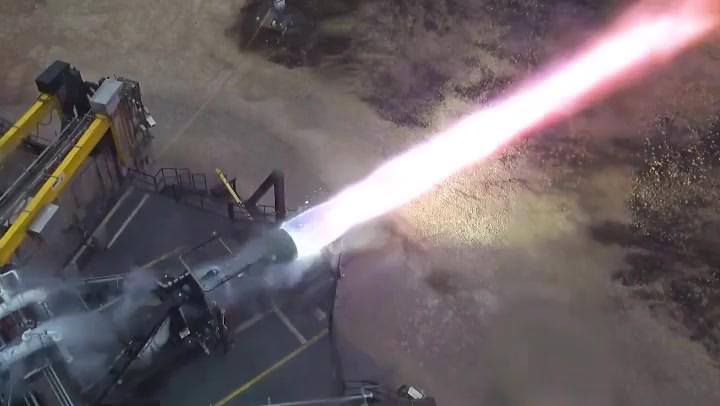

Raptor one “only” had 185 tons. SpaceX engineers are pushing boundaries 💯 Check out the full webcast with the Starship update via the link in our bio. Credit @spacex #spacex #space #raptor2 #raptor #starship #mars
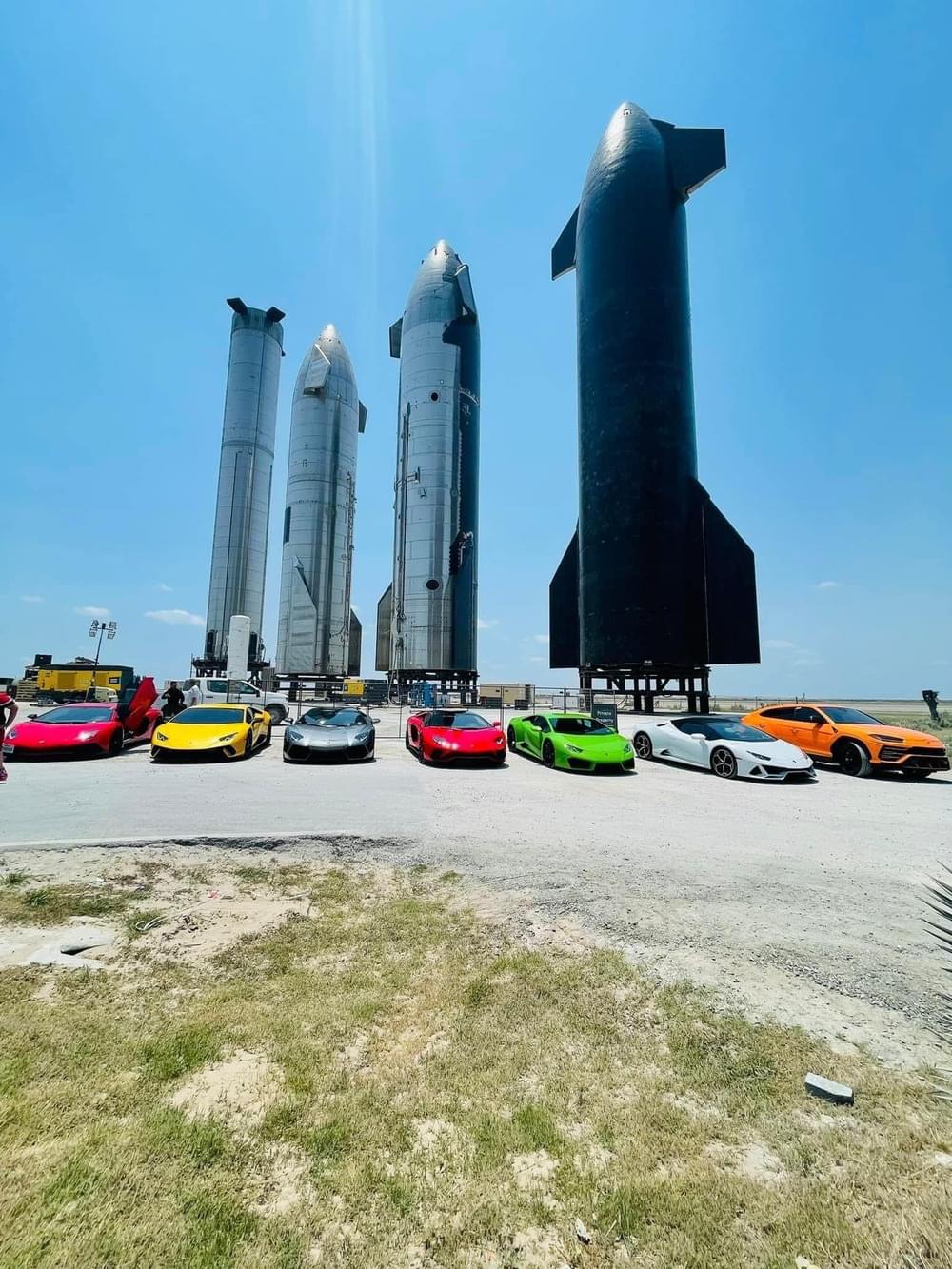
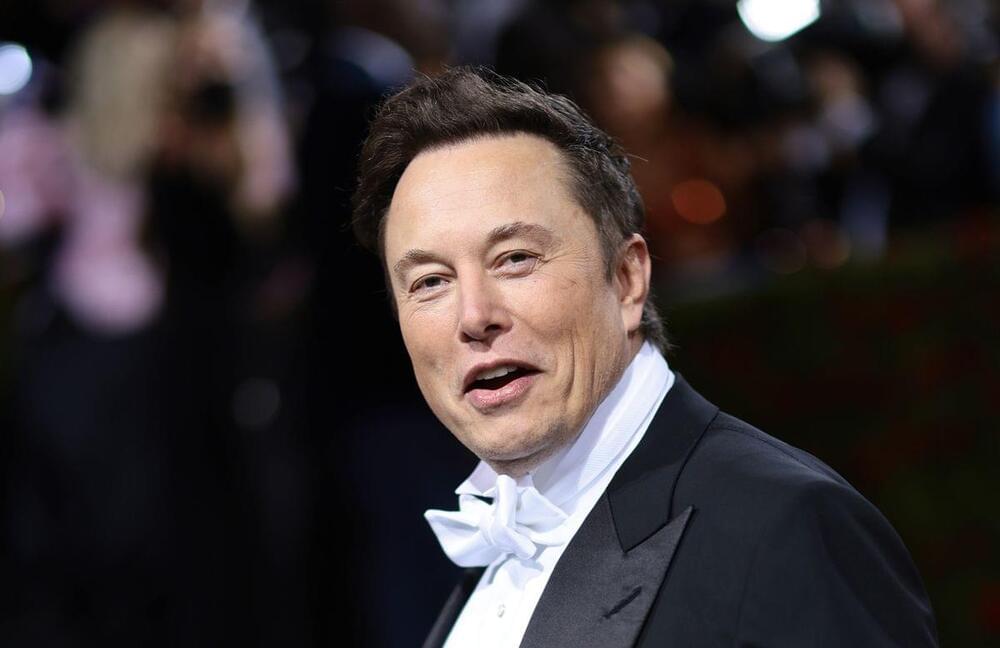
Elon Musk, the world’s richest person, is considering a visit to Indonesia to explore investment opportunities in the resource-rich Southeast Asia country.
The chief executive officer of Tesla Inc. and SpaceX met with Indonesian President Joko Widodo at the rocket manufacturer’s site in Boca Chica, Texas, on Saturday, during which Widodo extended an invite. “Hopefully in November, thank you for the invitation,” Musk said, according to a statement released by Widodo’s office.
Latest updates on Starship design — and a lot of stuff that still needs to improve.
Today we’re going inside Starbase with the ultimate tour guide, Elon Musk. He’s going to take us through the High Bay to see where Starships are assembled, we’ll also see the new MegaBay under construction and talk about SpaceX’s plans to get this rocket flying.
Recommended videos to help with some context [Playlist] — https://youtube.com/playlist?list=PLWzKfs3icbT55w6f9wGqXkhk_SlanIhnr.
Huge thanks to Ryan Chylinksi from Cosmic Perspective for helping shoot this video! — https://www.youtube.com/c/CosmicPerspective & http://patreon.com/cosmicperspective.
00:00 — Intro.
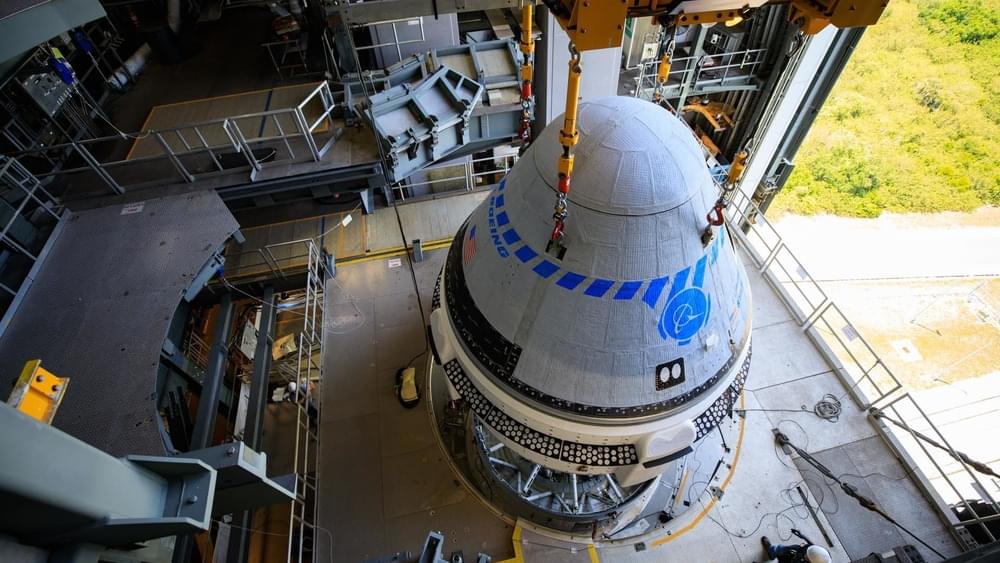
Though Boeing may redesign the capsule’s problematic valves before a crewed flight.
With Boeing’s next Starliner crew capsule launch attempt fast approaching, the company is considering redesigning the capsule’s propulsion valves, due to issues that have so far stopped the company from launching crewed flights to the ISS and competing with SpaceX, a report from *CNBC* reveals.
Boeing is developing the Starliner spacecraft thanks to a roughly $5 billion contract it was awarded under NASA’s Commercial Crew program. The next launch attempt, called OFT-2, is scheduled for next Thursday, May 19.
If the launch is successful, the uncrewed Starliner will then aim to dock with the International Space Station roughly a day later, on May 20.
Up until now, several issues have delayed the development and the first crewed flight of Starliner. In 2019, a software malfunction prevented the first orbital test flight from reaching the ISS after launching to orbit aboard an Atlas V N22; last August, a propulsion valve issue was noticed before the second launch attempt. 13 of the 24 oxidizer valves responsible for Starliner’s movement in orbit were damaged by corrosion caused by humidity at the launch site.
First, Boeing wants to do a little more testing\.
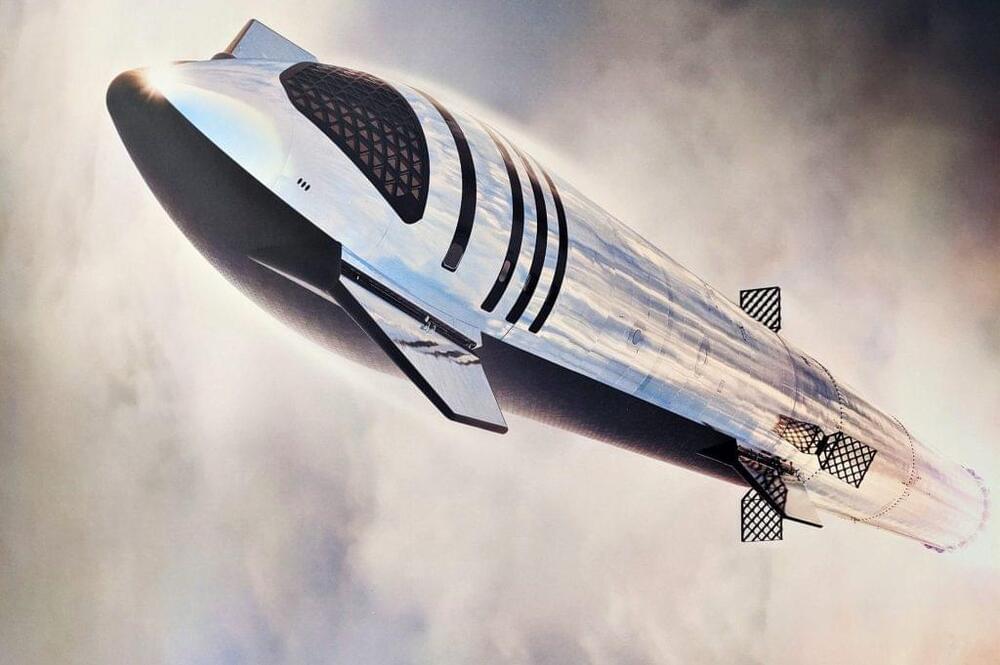
SpaceX COO and President Gwynne Shotwell says that the company now expects Starbase to be ready for Starship’s first orbital launch attempt as early as June or July, pushing the schedule back another month or two.
To accomplish that feat, SpaceX will need to more or less ace a wide range of challenging and unproven tests and pass a series of exhaustive bureaucratic reviews, significantly increasing the odds that Starship’s orbital launch debut is actually closer to 3–6 months away. While SpaceX could technically pull off a miracle or even attempt to launch hardware that has only been partially tested, even the most optimistic of hypothetical scenarios are still contingent upon things largely outside of the company’s control.
Both revolve around the Federal Aviation Administration (FAA), which – in SpaceX’s case – is responsible for completing a ‘programmatic environmental assessment’ (PEA) of orbital Starship launches out of Boca Chica, Texas and issuing a launch license for the largest and most powerful rocket ever built. In some ways, both tasks are unprecedented, but the bureaucratic processes involved are still largely the same as those SpaceX has successfully navigated over the last two decades.
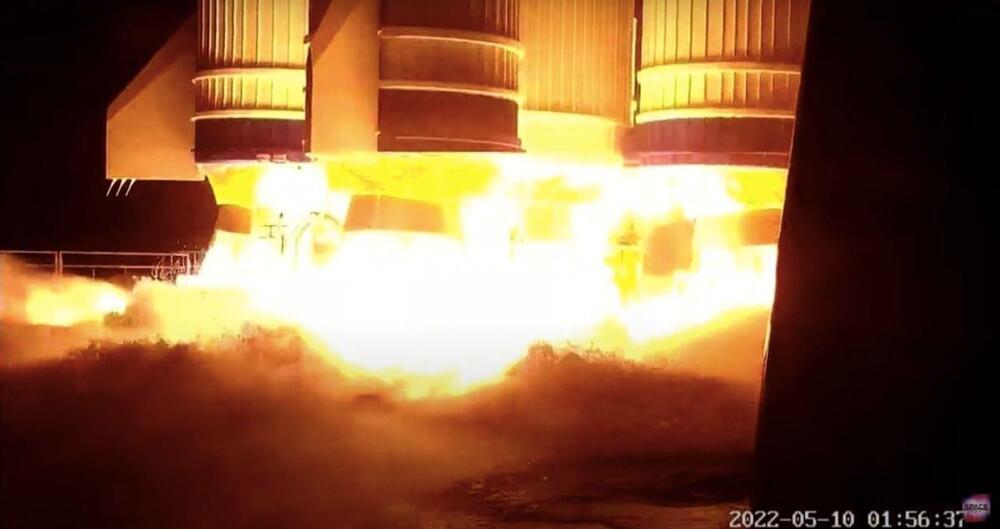
The freighter will help get China’s Tianhe core module ready for a new crewed mission.
China has launched a new cargo mission to its space station module in preparation for the arrival of a new crew in June.
A Long March 7 rocket carrying the robotic Tianzhou 4 spacecraft lifted off from Wenchang Satellite Launch Center in southern China’s Hainan Province today (May 9) at 1:56 p.m. EDT (1756 GMT; 1:56 a.m. local time on May 10).
Are Elon Musk and Gwynne Shotwell right? Is Mars that important? Why must we become a multiplanetary civilization?
#space #nasa #spacex #elonmusk.
Support my channel!
https://www.patreon.com/AngryAstronaut.
If you want to make a one time donation, here is my PayPal link… paypal.me/AngryAstro Note: Merch now available directly in my channel! Nuclear Winter in detail… https://eos.org/articles/nuclear-wint…
paypal.me/AngryAstro.
Note: Merch now available directly in my channel!
Nuclear Winter in detail…
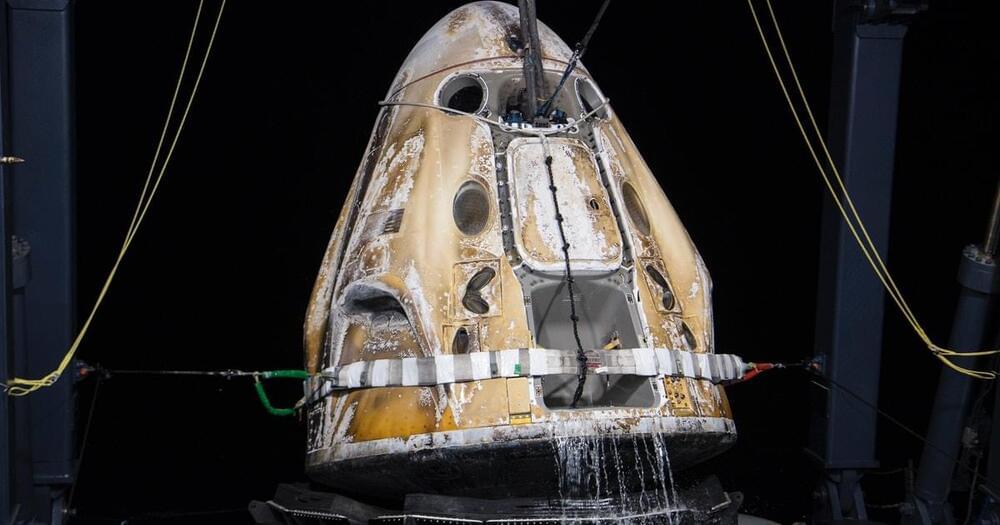
This is terrific!!
Claim your SPECIAL OFFER for MagellanTV here: https://try.magellantv.com/launchpadastronomy. Start your free trial TODAY so you can watch ‘Space: the New Frontier’ and the rest of MagellanTV’s science collection: https://www.magellantv.com/series/space-the-new-frontier/
Let’s break it down:
00:00 Intro.
02:00 Final alignment image in the Large Magellanic Cloud.
02:50 Magellan TV
03:38 About the image and its colors.
06:36 Why are there 6 diffraction spikes in NIRCam’s image?
07:48 NIRSpec and its broken microshutters.
10:10 NIRISS — Near-Infrared Imaging Slitless Spectrometer.
10:57 How the Fine Guidance Sensors (FGS) work.
11:31 Why the Mid Infrared Instrument (MIRI) has fuzzy stars.
14:02 Instrument commissioning.
🖖 Share this video with a fellow space traveler:
🔴 Watch my most recent upload: https://goo.gl/QbRcE2